Several modules include laboratory activities:
- Fundamentals of Computational Mathematics
- Fundamentals of Information Systems
- Regression and Time Series Models
- Machine Learning for Finance
- Quantitative Risk Management
- Stochastic Finance
Python is the main programming language for all laboratory activities.













